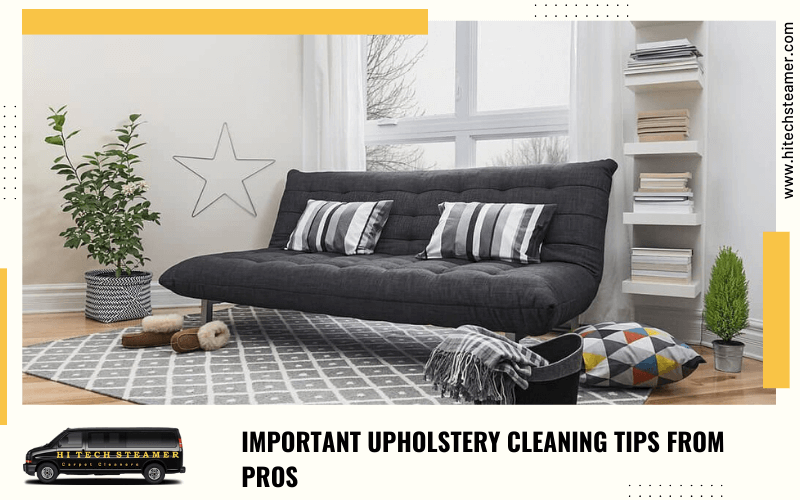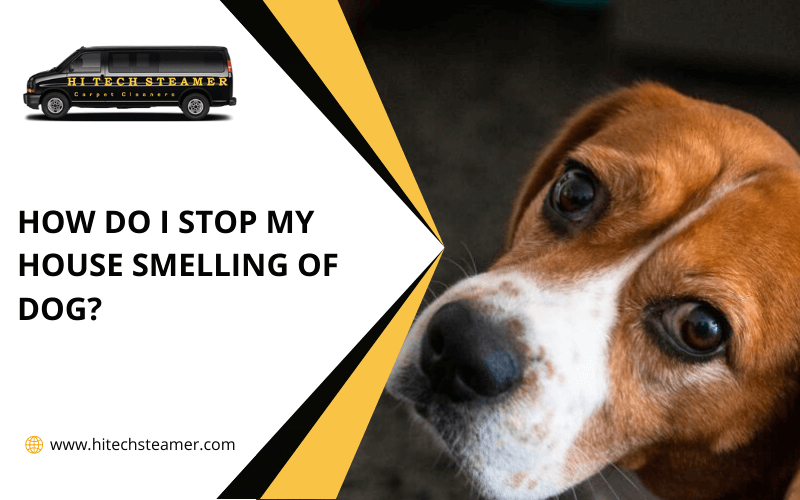How Much Does Carpet Cleaning Cost In San Jose, CA?
Thinking about getting your carpets cleaned in San Jose, but not sure what it’ll cost?
You’re definitely not alone! Carpet cleaning prices can vary based on a few different factors, and it’s good to have a rough idea of what to expect before you book a service.
In this post, we’ll break down how much does carpet cleaning cost in San Jose.
We’ll go over the average costs, what affects those prices, and our carpet cleaning prices. We’ll even give you some tips to get the best deal!
Average Carpet Cleaning Costs In San Jose
Carpet cleaning costs around $25 – $75 per room, or about $0.20 – $0.50 per square foot in San Jose.
Most carpet cleaning companies will offer flat rates for whole houses, usually around $150 to $300 for a basic clean. Extras like deep cleaning can add $20–$40 per room, and stain removal usually starts at about $10–$50 per stain.
Most people in San Jose end up spending about $150 to $250 for carpet cleaning.
Our San Jose Carpet Cleaning Prices

Now, let’s talk about our prices. We offer a range of carpet cleaning services to meet your needs. Our prices are based on a 200 square foot area per room or space, so you can easily figure out what works best for you.
Here’s the breakdown:
- Clean Room(s): $95
- Protect Room(s): $47.50
- Deodorize Room(s): $47.50
You can find a full list of prices with more details here.
If you’ve got stairs, hallways or closets, we’ve got you covered too:
| Service | Price |
| Clean Staircase | $95 each |
| Protect Staircase | $47.50 each |
| Deodorize Staircase | $47.50 each |
| Clean Hallway/Entry | $45 each |
| Protect Hallway/Entry | $35 each |
| Deodorize Hallway/Entry | $35 each |
| Clean Walking Closet | $45 each |
| Protect Walking Closet | $35 each |
| Deodorize Walking Closet | $35 each |
We’ll leave your carpets looking fresh and smelling great – whether you need a full clean, a protective treatment, or just a little deodorizing.
Let us know what you need, and we’ll take care of the rest!
Factors That Affect Carpet Cleaning Costs
Now that we’ve covered the average costs, let’s get into what really affects the prices:
#1 Size Of The Area
This one’s pretty straightforward: the bigger the space, the more it’s going to cost.
It’s not just about using more cleaning products, it’s also about the time and effort it takes.
If you’ve got a small studio apartment with just a few rooms, you’ll probably pay less than someone with a sprawling multi-bedroom house.
However a lot of companies give you a better deal per square foot when you’re cleaning larger areas.
So if you’re thinking of just getting one room done, it might be worth considering doing a few more to get a better price overall.
#2 Level Of Cleaning
Not all carpet cleaning is the same.
You’ve got your basic clean, which is a quick refresh for your carpet. Then there’s the deep clean, which is more intensive – pre-treating and multiple passes.
Naturally, the more thorough the cleaning, the more it’s going to cost.
If your carpet’s looking like it’s been through a tough year (or five), it’s probably going to need that deeper clean, which means more time, more effort, and yeah, more money.
#3 Carpet Type

Believe it or not, what your carpet is made of can change the price of cleaning it.
Those fancy wool or silk carpets? They need special care and gentle cleaning products, which can bump up the price.
Synthetic carpets are usually easier to deal with, so they might cost less to clean.
And it’s not just about the material – how thick and fluffy your carpet is matters too. Those super plush carpets that feel amazing under your feet can take longer to clean properly than flatter carpets, so they might cost a bit more.
#4 Condition Of The Carpet
The cleaner your carpet is to start with, the cheaper it will be to clean.
If you’ve been on top of regular maintenance and the carpets are still in good shape, your cleaning cost will probably stay on the lower end.
But, if your carpets have been neglected for a while—think stains, odors, or high traffic areas—then it’ll require extra work to get them back to their former glory.
Companies may charge more if the carpet needs heavy treatment or deep stain removal.
And, if your carpets are older, they may also need more careful cleaning to avoid damage.
#5 Location And Accessibility
Where you are in San Jose and how easy it is to get to your carpets can affect the price too.
If you live way out on the edges of town, there might be some extra travel costs.
And in your home, if we need to move a bunch of heavy furniture or clean carpets on stairs, that’s going to take more time and effort. Some places charge extra for this kind of thing.
If your carpets are in tight spaces or hard-to-reach areas, that might bump up the price a bit.
#6 Additional Services Required
Sometimes, carpet cleaning isn’t just about cleaning. Maybe you want an extra layer of protection or you’ve got some stubborn pet stains to deal with.
Services like carpet protection (to help it stay cleaner for longer), odor removal, or specialized stain treatments (like for pet urine or red wine) usually come with an extra fee.
These services require special products, more time, or skills, so they can add up.
If you know you need these extras, it’s best to ask for an estimate upfront so you aren’t surprised by additional charges after the cleaning is done.
Tips For Getting The Best Value
Want to make sure you’re getting a good deal? Here are some tips:
- Don’t just go with the first quote you get. Shop around a bit.
- Ask if there are any deals or discounts going on.
- Try booking during slower times – you might snag a better price.
- Take care of your carpets between professional cleans. It’ll save you money in the long run.
- When you’re getting a quote, be clear about what you need and any problem areas.
- If you’ve got multiple rooms that need cleaning, ask about package deals.
Bottom Line
The average cost for carpet cleaning in San Jose is around $150 and $300.
But at the end of the day, the cost of carpet cleaning really depends on a number of things like the size of your home, how dirty your carpets are, and what kind of carpet you have.
The best way to get an exact price is to get a quote from a cleaning company.
Carpet cleaning is totally worth it for the fresh, clean carpets you’ll enjoy afterward!




















